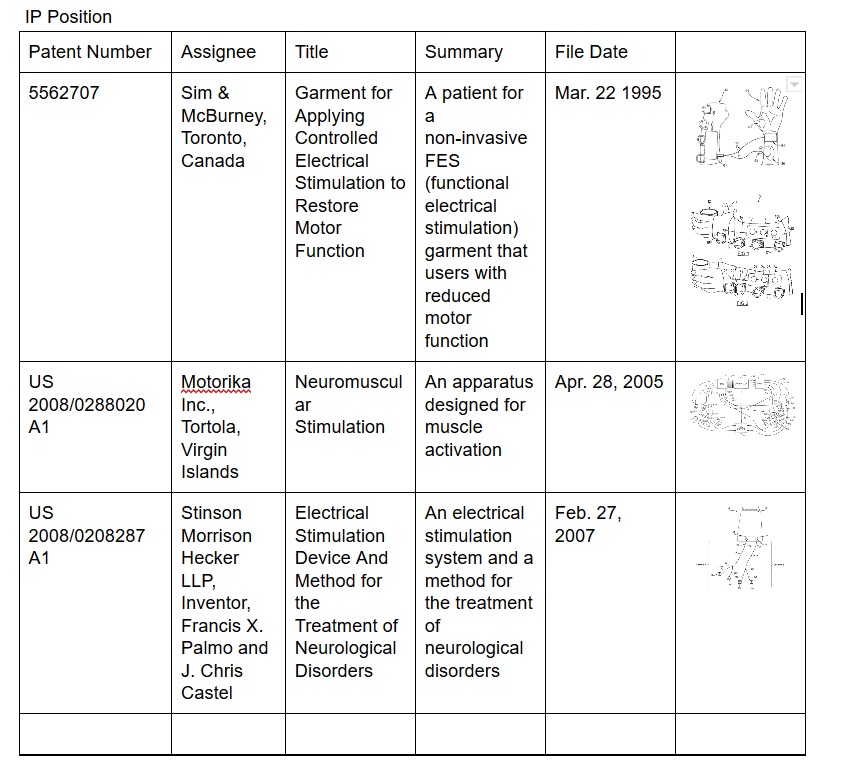BME100 f2016:Group13 W8AM L1
| Home People Lab Write-Up 1 | Lab Write-Up 2 | Lab Write-Up 3 Lab Write-Up 4 | Lab Write-Up 5 | Lab Write-Up 6 Course Logistics For Instructors Photos Wiki Editing Help | |||||||
|
OUR TEAM
LAB 1 WRITE-UPHealth Care IssueDisuse Muscle Atrophy in Bedridden Patients Our group has decided to target disuse muscle atrophy in bedridden patients as our health care issue. Disuse atrophy is a type of muscular atrophy that occurs when a muscle is no longer active as usual. As muscles are used less and less, the smaller and weaker they become. Disuse atrophy can occur as a result of immobility in a patient. This condition can be reversed if a patient’s muscles become active again. In our case, we are looking to help bedridden patients who are unable to activate their muscles on their own. Examples of such patients include those with spinal cord injuries, those suffering from paralysis, and comatose patients. The primary purpose of our product is to prevent disuse atrophy as effectively as possible by using functional electrical stimulation to stimulate a patient’s muscles in a way that will simulate an average day of activity for that patient. Using this method of constant muscle stimulation would not only prevent disuse atrophy more effectively than a once-a-day therapy session with a certified nursing assistant, nurse, or physical therapist, potentially lower length of stay (which will lower costs for hospitals), increase patient and family satisfaction of care, decrease morbidity and mortality of the patient, and many other possible benefits. Our initial proposed method of treatment is to use a series of electrical nodes in order to stimulate the muscles of the body. The nodes would function using coordinated alternating stimulations of the body’s flexors and extensors in order to simulate standard movements of the human body. 1 hour treatments would be administered to the patient approximately 3 to 4 times a day, tentatively.
CompetitorsAdvantages
Customer ValidationPatient
IP PositionCompetitors Customer Validation IP Position 2
| |||||||

